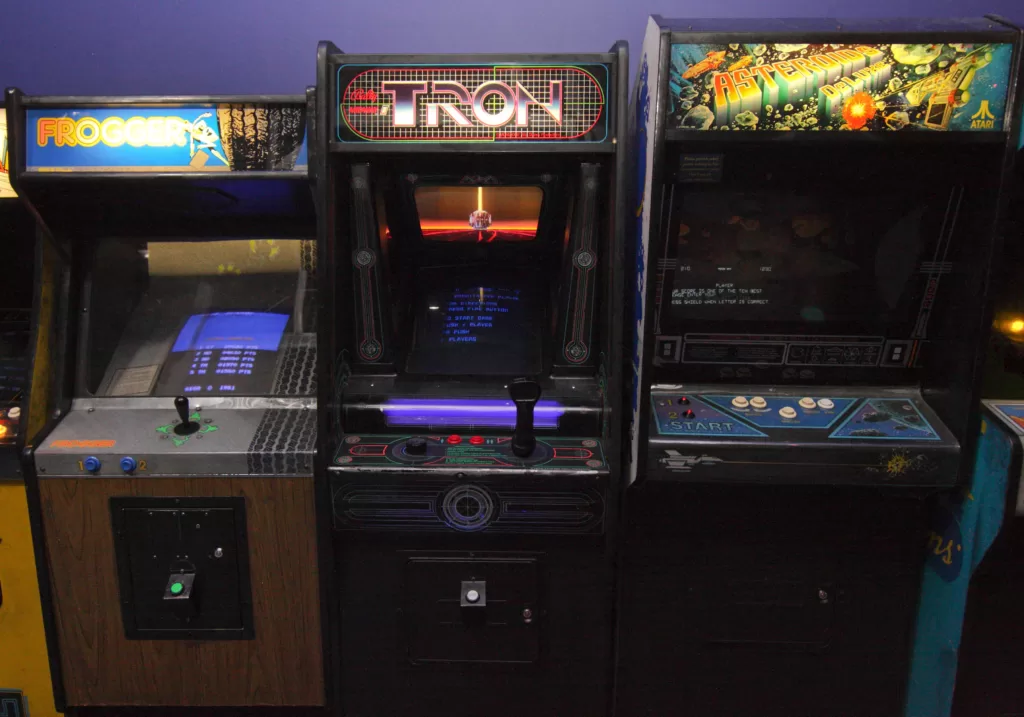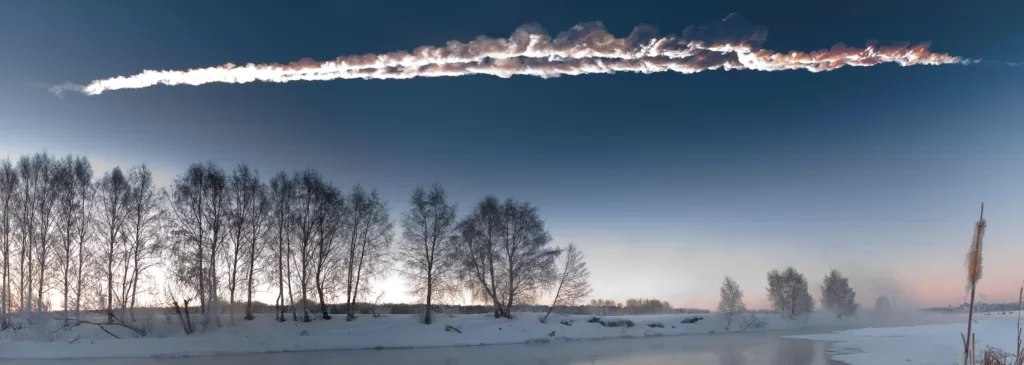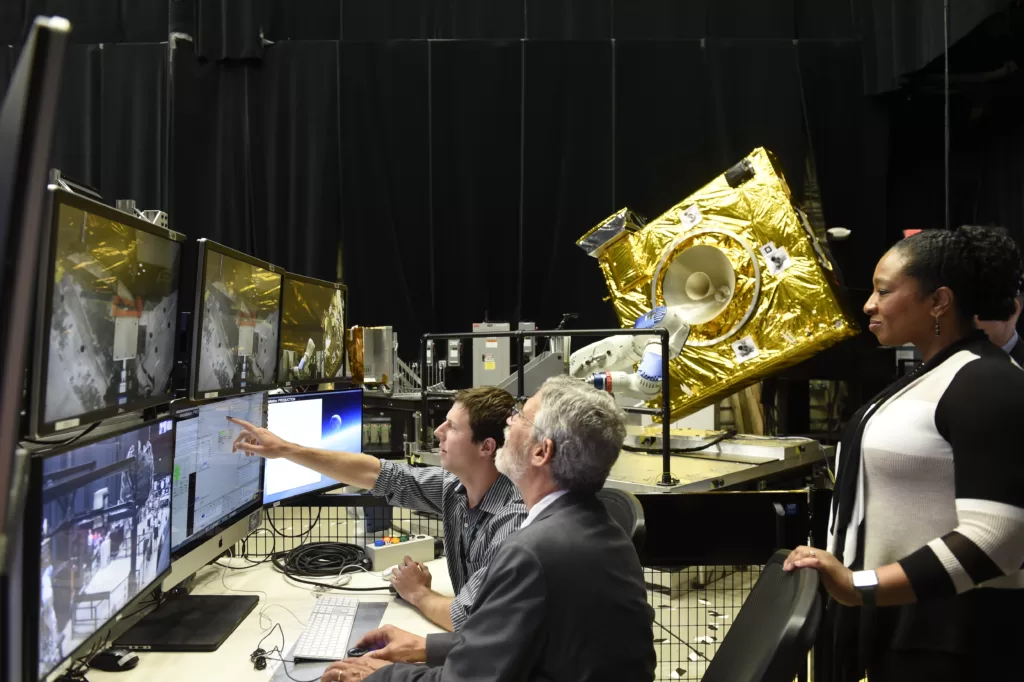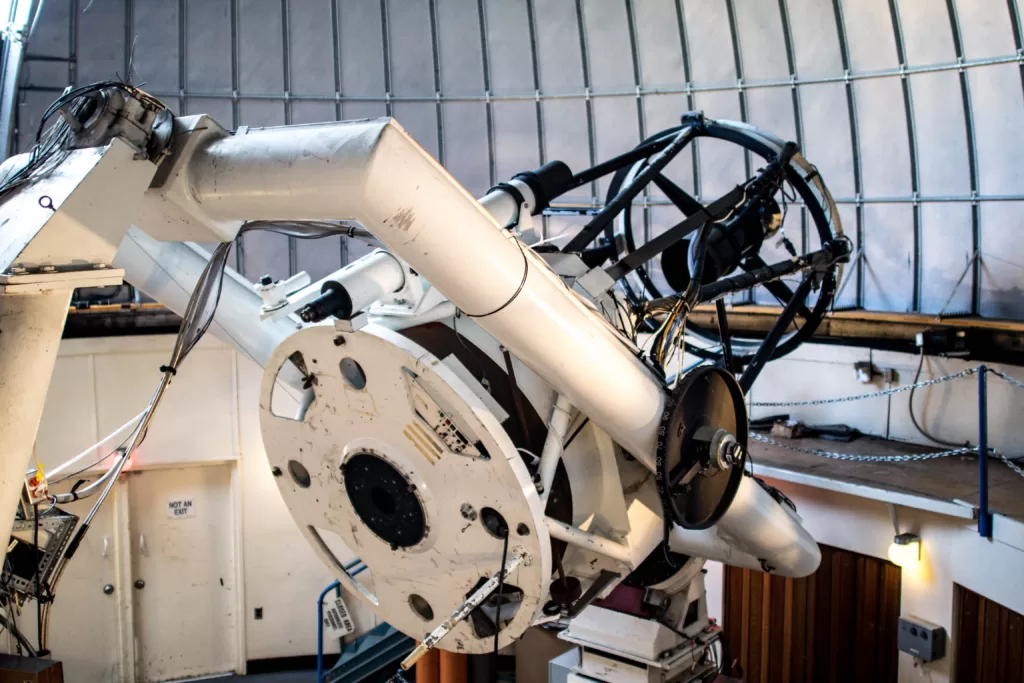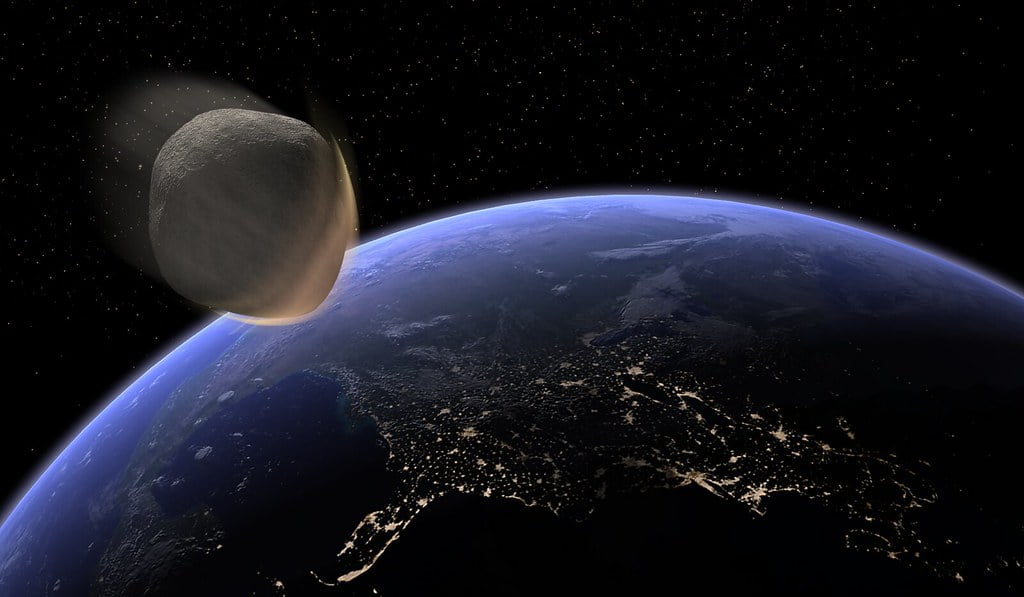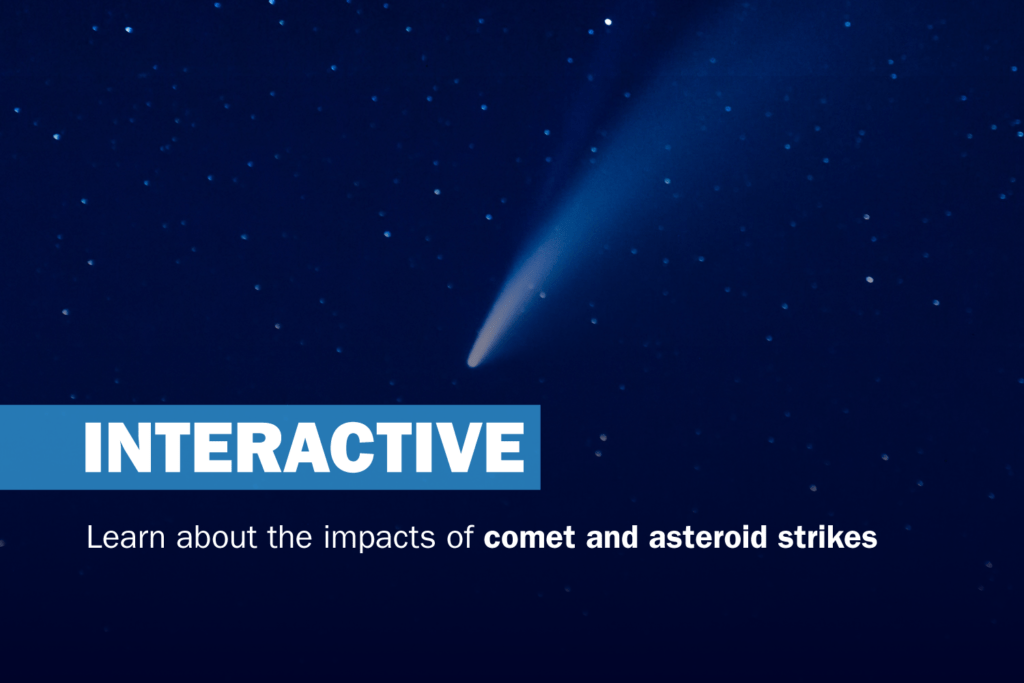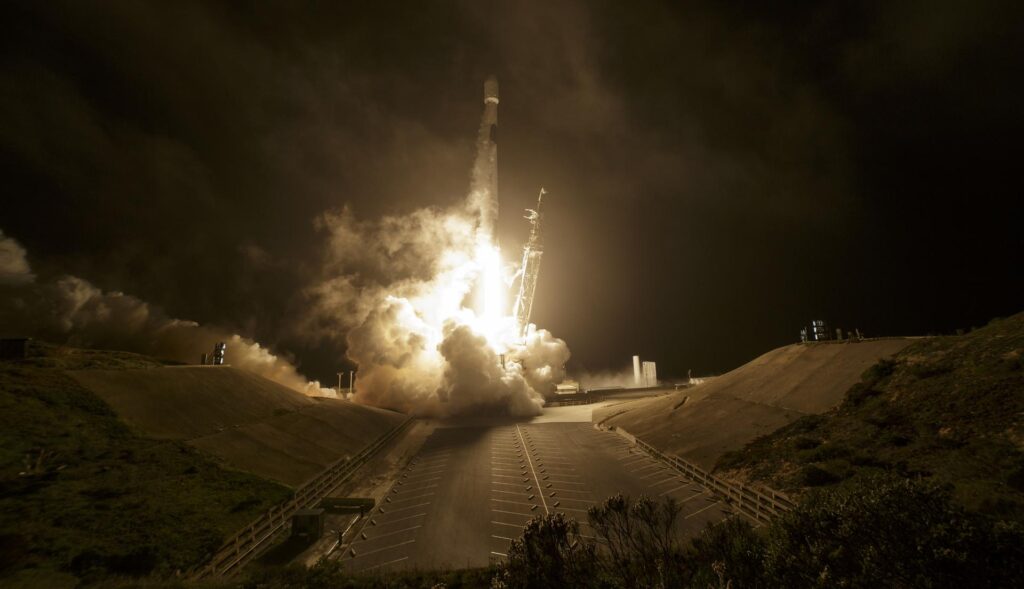We use cookies to improve your experience with Monash. For an optimal experience, we recommend you enable all cookies; alternatively, you can customise which cookies you’re happy for us to use. You may withdraw your consent at any time. To learn more, view our Website Terms and Conditions and Data Protection and Privacy Procedure.
How to stop space rocks hitting Earth
Published on March 15, 2023With NASA announcing an asteroid is on a possible collision course with Earth 23 years from now, 360info looks at the planet's early warning systems.
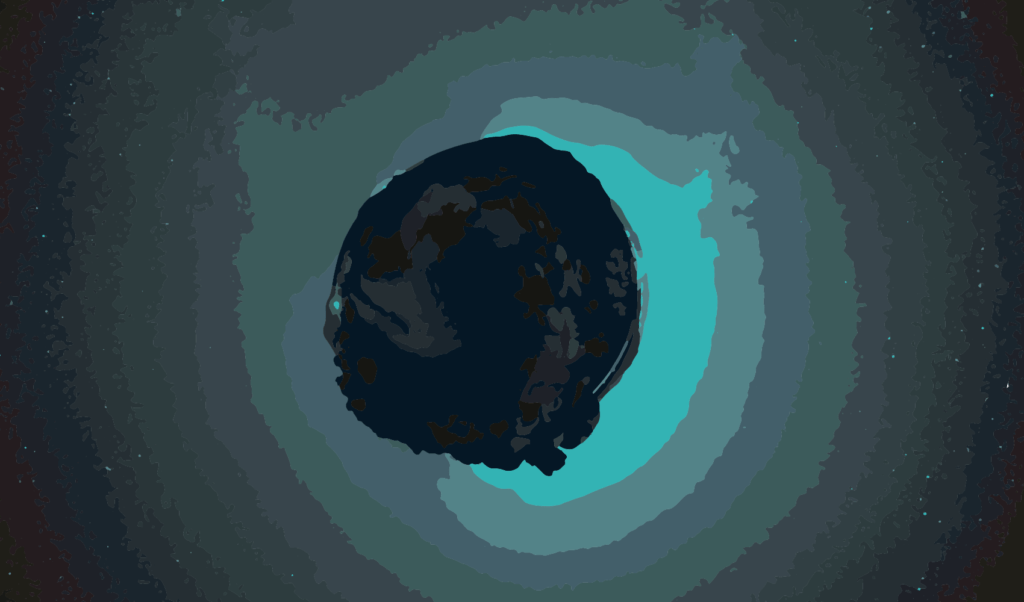 If an asteroid threat emerged, Earth would need to be ready. Scientists are continually working to give the planet the best range of defensive strategies. : Michael Joiner, 360 info CC BY 4.0
If an asteroid threat emerged, Earth would need to be ready. Scientists are continually working to give the planet the best range of defensive strategies. : Michael Joiner, 360 info CC BY 4.0
With NASA announcing an asteroid is on a possible collision course with Earth 23 years from now, 360info looks at the planet’s early warning systems.
An asteroid is on a possible collision course with Earth, although the risk is rather small.
According to NASA, the asteroid, known as 2023 DW, is nearly 50 metres in diameter and could arrive on Valentine’s Day in 2046.
It has about a one in 600 chance of hitting Earth and has since been placed on the European Space Agency’s risk list, a catalogue of all objects floating through space that have the potential to hit Earth.
While a collision with 2023 DW seems unlikely, scientists have been preparing for such an encounter for years. Last October, NASA confirmed the agency’s Double Asteroid Redirection Test (Dart) mission had successfully changed the travel path of a small asteroid by slamming a spacecraft into it.
We’ve been tracking a new asteroid named 2023 DW that has a very small chance of impacting Earth in 2046. Often when new objects are first discovered, it takes several weeks of data to reduce the uncertainties and adequately predict their orbits years into the future. (1/2) pic.twitter.com/SaLC0AUSdP
— NASA Asteroid Watch (@AsteroidWatch) March 7, 2023
Our solar system is full of rogue rocks. Millions of them orbit around the Sun or around other objects, the shattered remains of planets, moons or comets. If they are within one-third the distance from Earth to the Sun, they are classified as near-Earth objects (NEOs), and are of special interest because of their potential to destroy our planet.
The first NEO was spotted in 1989. In 1994, US Congress asked space agency NASA to identify 90 percent of NEOs with planet-destroying potential — those 1km in diameter or larger — by 2005. That task complete, NASA was given a new target of 90 percent of NEOs 140m or larger. That goal has remained more elusive — it is estimated only 40 percent of all NEOs in that category have been discovered.
Even with millions of dollars in funding and the best technology NASA can muster, asteroids still catch us unawares. NASA completely missed one that smacked into the Norwegian Sea in March in 2022. A Hungarian astronomer, Krisztián Sárneczky, spotted it with only hours to spare. Scientists believe it’s a matter of when, not if, a big one will chart a collision course with Earth.
If spotted far enough out, humanity has time to prepare. Time to send out warnings, time to evacuate cities, time to nudge its trajectory, time to hit it with nukes. The key to planetary defence is early detection.
The world’s early warning systems are surprisingly informal. Collections of observatories volunteering time and resources make up our principal defence. But NEOs are a relatively new global concern. In time, our collective need for a comprehensive asteroid alert system may pave the way for international collaboration on projects of undeniable importance.
REALITY CHECK
Of the 1.2 million objects floating in our solar system, 29,264 are near-Earth objects.
Every day, 80 to 100 tonnes of dust and small meteorites falls from space onto planet Earth. Almost all of it burns up in our atmosphere.
An asteroid’s potential danger is a function of its size, its speed relative to Earth’s, its mass and the angle of the collision. Big, fast, heavy rocks coming in at a steep angle are the most dangerous.
The first ‘asteroid’ discovered was in fact a dwarf planet, Ceres. It was spotted by Giuseppe Piazzi, a Catholic priest and astronomer, in 1801. Dispute about whether Ceres is a planet or an asteroid was responsible for the 2006 demotion of Pluto to dwarf planet status.
This article was originally published in June 2022.
Originally published under Creative Commons by 360info™.
Editors Note: In the story “Deflecting asteroids” sent at: 29/06/2022 11:48.
This is a corrected repeat.



